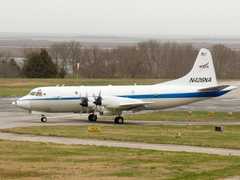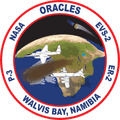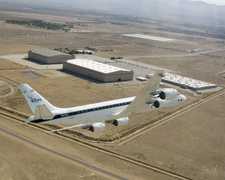The Airborne Third Generation Precipitation Radar (APR-3) is an airborne Doppler dual-polarization radar. It measures Doppler velocity and radar reflectivity at three frequencies: 13.4 GHz, 35.6 GHz, and 94 GHz. These measurements are used to determine the vertical structures of clouds and precipitation characteristics. APR-3 has a horizontal resolution of 700-800 meters at an altitude of 10 km and a vertical resolution of 60 meters. It was developed by NASA's Jet Propulsion Laboratory (JPL) and replaced the APR-2.
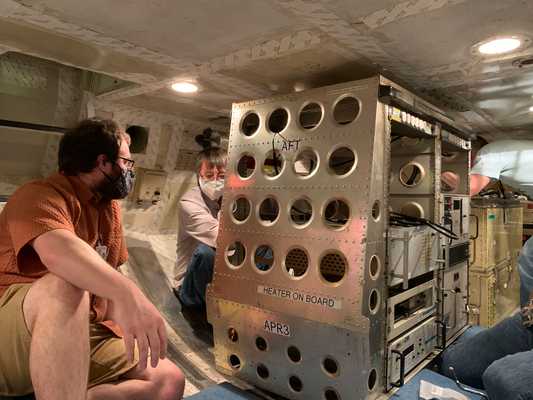
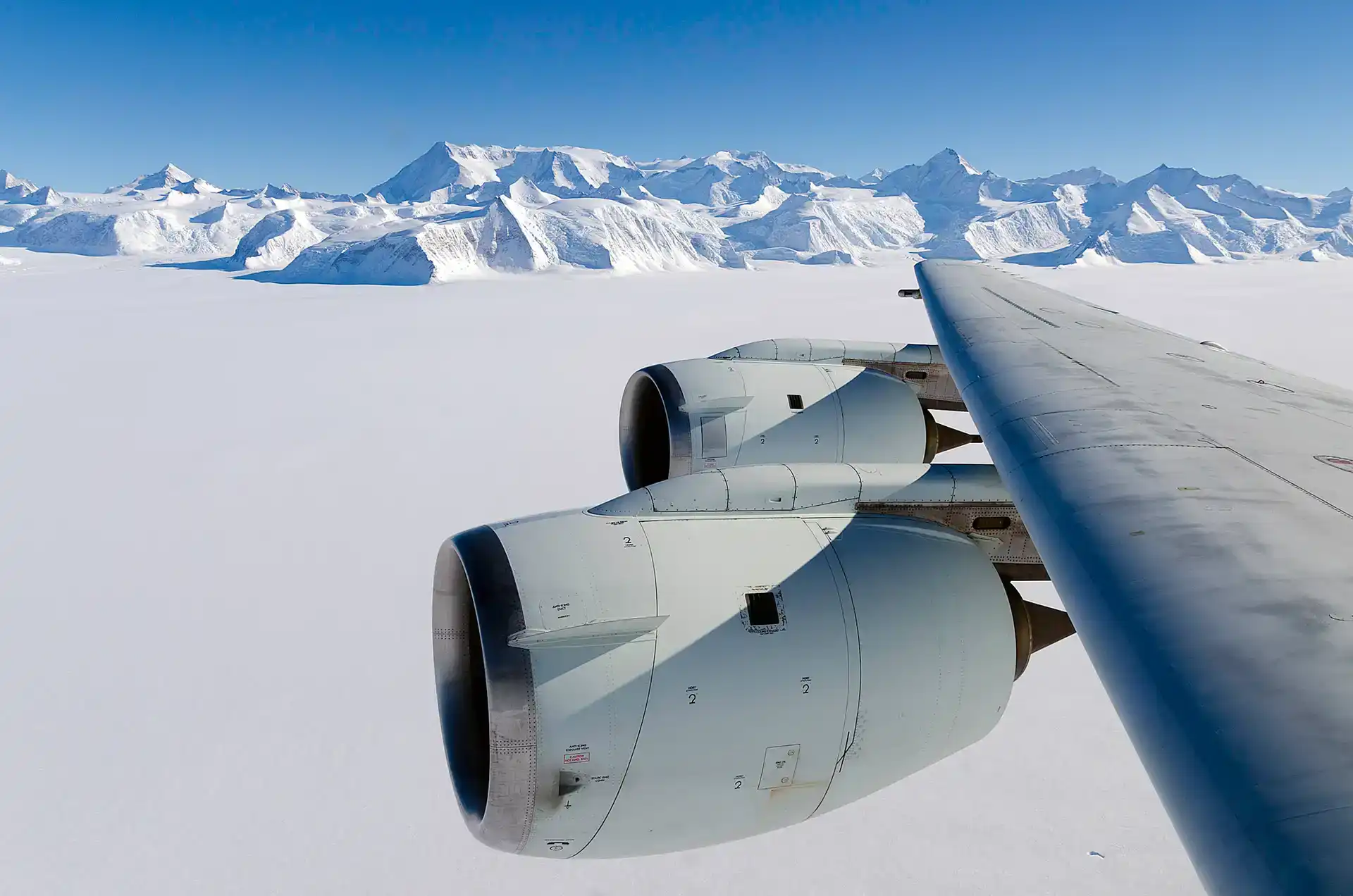
Instrument Details
- Radar
- Earth Science > Spectral/engineering > Radar > Doppler VelocityEarth Science > Spectral/engineering > Radar > Radar ReflectivityEarth Science > Atmosphere > Precipitation > Precipitation RateEarth Science > Spectral/engineering > Radar > Radar Backscatter
- Full Column Profile
- Variable
- 0.7-0.8 km, 60 m
- 13.4 GHz, 35.6 GHz, 94 GHz
- https://doi.org/10.1117/12.579015
Simone Tanelli
Simone Tanelli
JPL
NASA
Currently unavailable
Filter data products from this instrument by specific campaigns, platforms, or formats.
CAMPAIGNS
PLATFORMS
FORMATS
